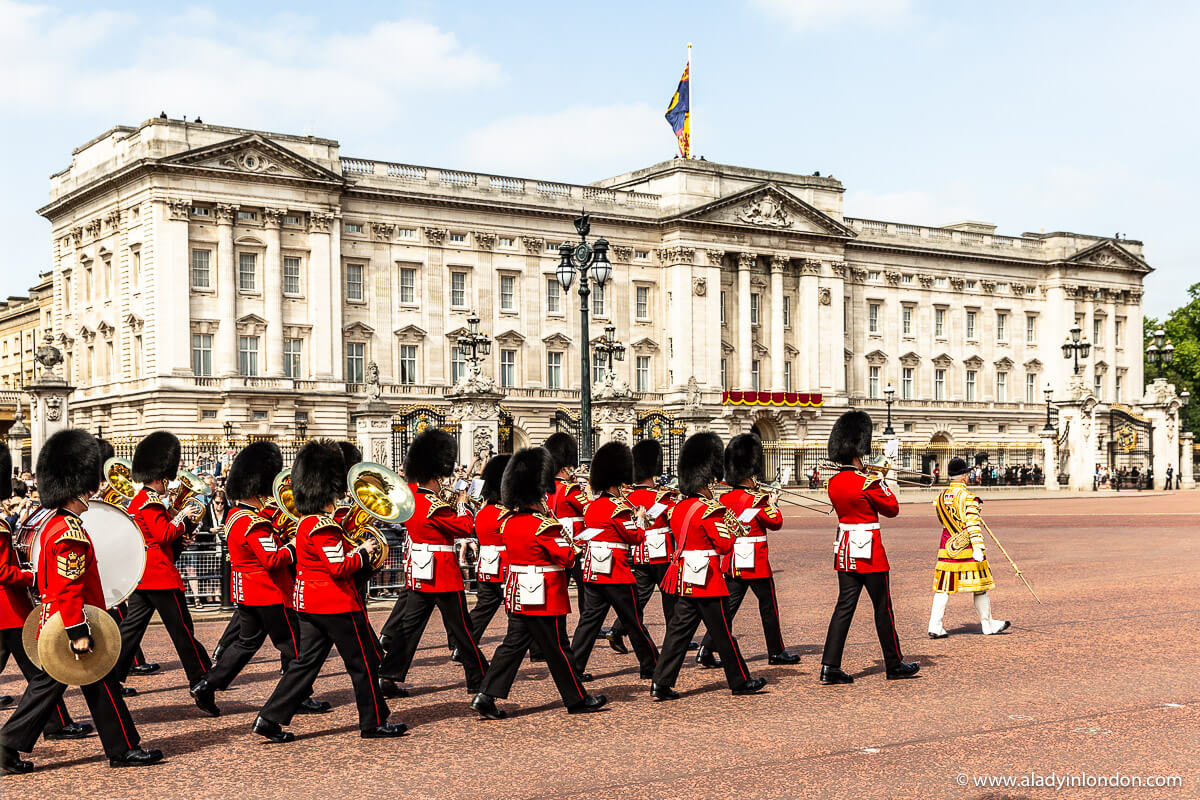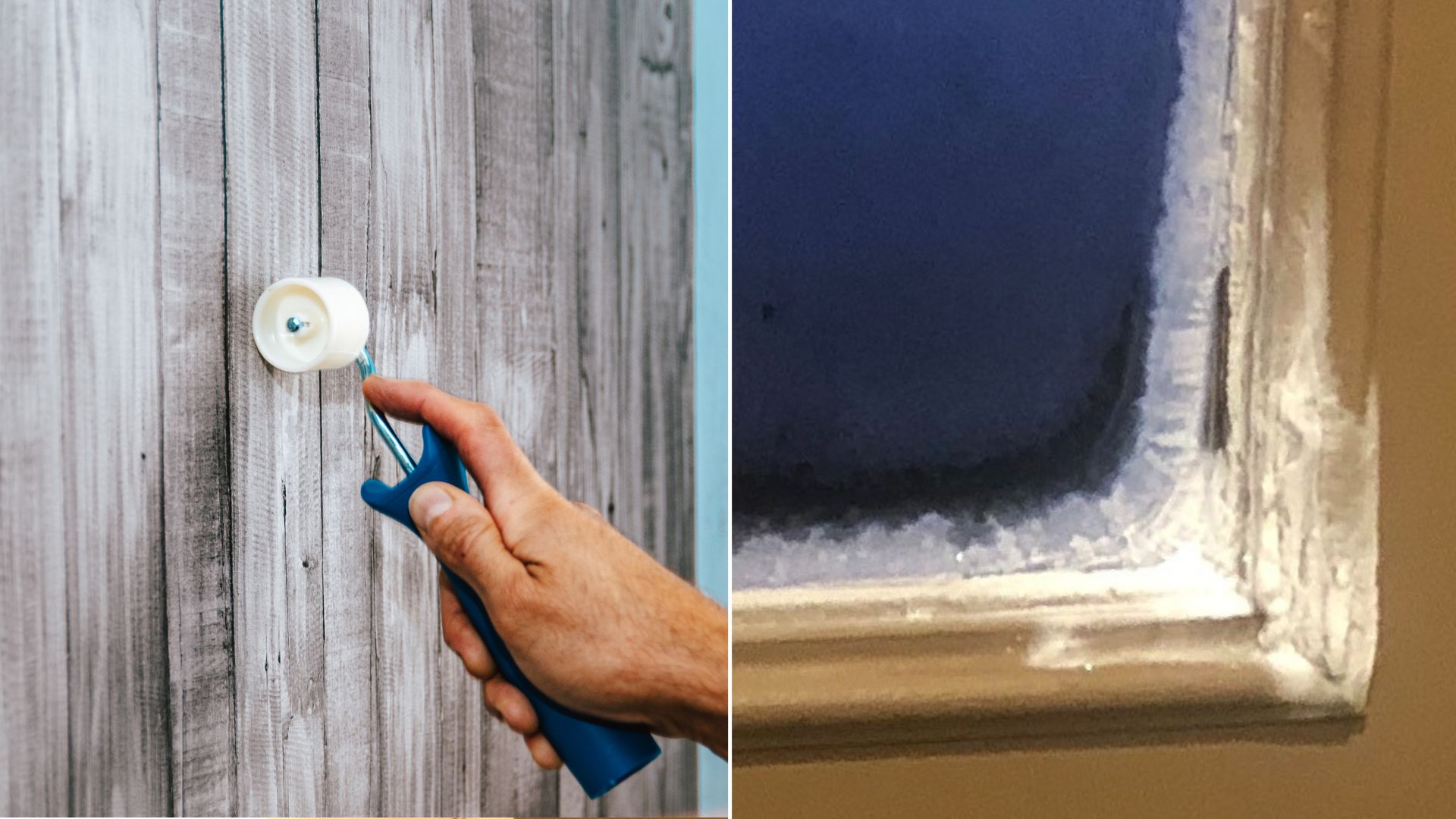[ad_1]
Today I want to bring you my London itinerary for 7 days in the UK capital. A week is an ideal amount of time to see the highlights of the city and explore a few places further afield. Whatever your passions and interests, you can find plenty of ways to take in the sights in London and discover places locals love.
London Itinerary for 7 Days
One of the things I enjoy most about being a professional travel blogger is helping people plan their trips. Whether it’s through my blog posts or my travel planning services, I always like ensuring my readers have a richer experience in London or abroad.
People often ask me how to spend 7 days in London, and today I want to share the official A Lady in London itinerary for 1 week in the UK capital.
I’ve created plenty of London itineraries before, and I hope you’ll find this one as useful as you’ve found the others. You can also take a look at my 1-day, 2-day, 3-day, 4-day, 5-day, 6-day, and 10-day itineraries for additional inspiration.
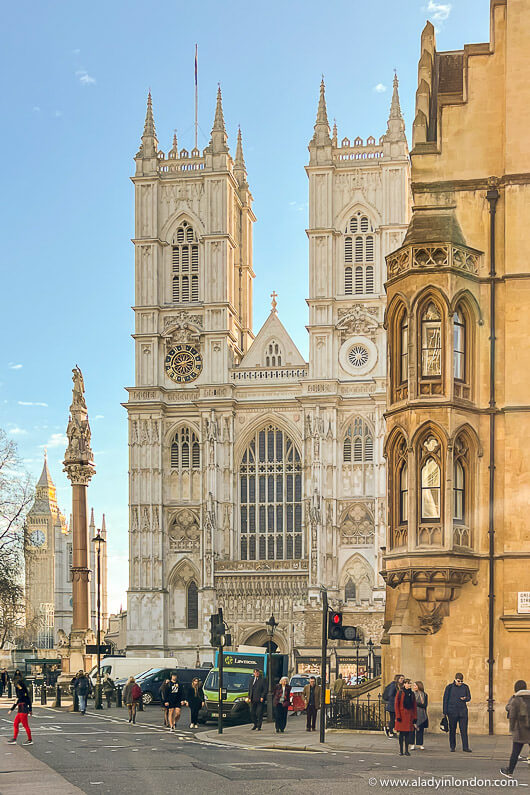
There’s no right or wrong way to spend your time in the city. This 1-week itinerary has a mix of the main attractions and the local places Londoners love.
You can adjust it to fit your interests and travel style, but I hope it gives you a solid overview of what you can do in the UK capital on a 7-day trip to London.
You can refer to my London travel guide to fill in any gaps and find seasonal events and activities for the time of year you’ll be visiting as well.
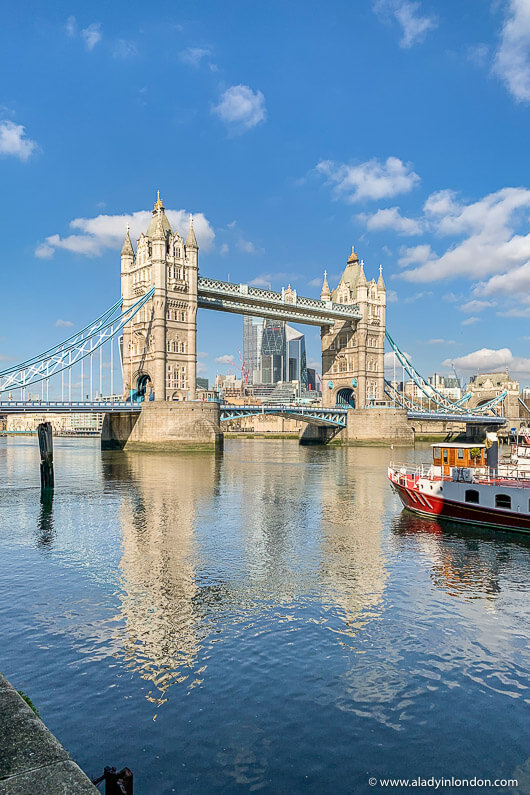
Where to Stay in London
There are lots of options for London accommodation. Whether you want to stay in a hotel, apartment, hostel, or elsewhere, the city has no shortage of places to choose from.
Given how big London is, basing yourself in or near the heart of the city is wise. You can take a look at my blog posts about the best area to stay in London and the best hotels for your style if you want more ideas.
You can also find deals and book accommodation in London here. With so many choices, you’re bound to find the perfect fit for your trip.
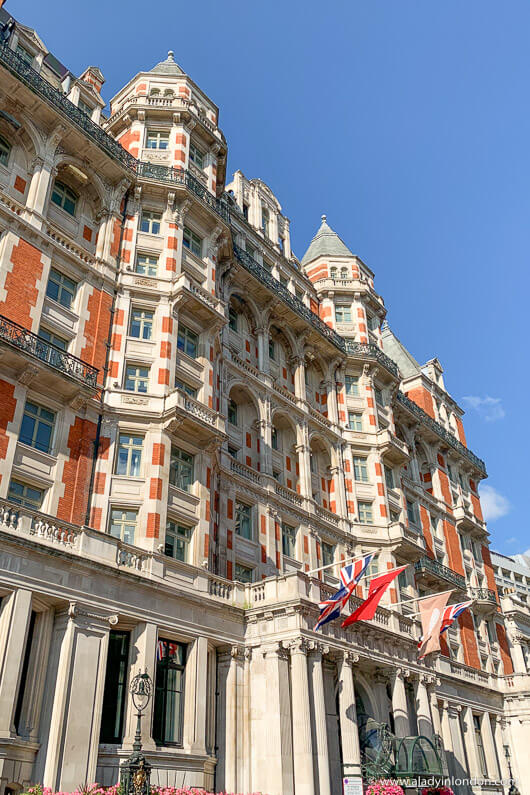
Day 1 in London: Buckingham Palace and Westminster
After you’ve arrived and settled into your accommodation, start your 7-day London itinerary at Buckingham Palace. You can time your visit to watch the Changing the Guard ceremony, or just take in the monarch’s London residence from the gates.
If your visit takes place during the annual opening, you can tour Buckingham Palace as well. You’ll get to see the state rooms and gardens, all of which are beautiful. You can book tickets here.
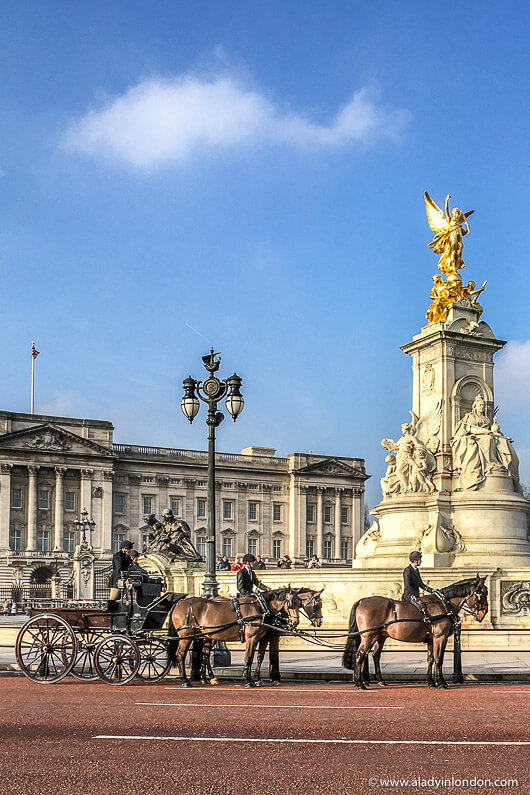
After visiting the palace, walk through St James’s Park to get to Horse Guards Parade, Whitehall, and Westminster. These areas are home to some of the most important London landmarks, and they’re what many people come to London to see.
Westminster Abbey, Big Ben, and the Houses of Parliament are a must on any London itinerary. If you have time, you can tour the abbey and parliament. You can book tickets here.
You can go on my self-guided Westminster walk if you’re interested in discovering more of the area beyond the sightseeing attractions, too. It will lead you to some of the side streets and tucked-away spaces locals spend time in.
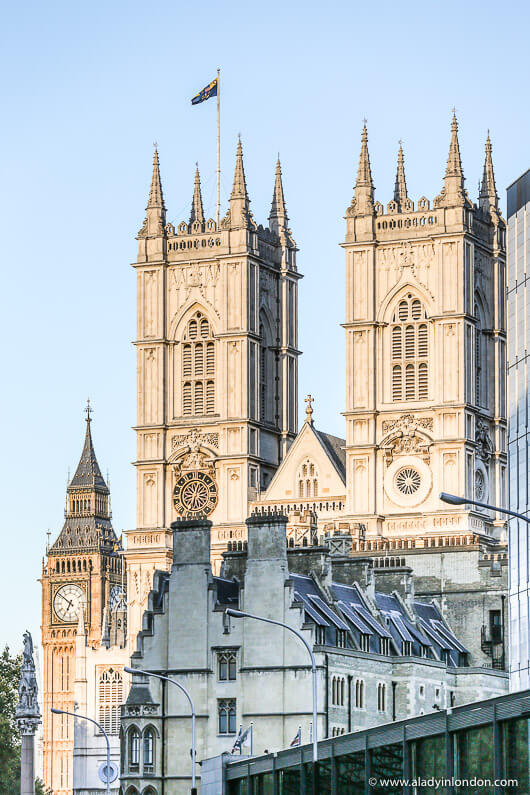
When evening comes, have a casual dinner near where you’re staying. If you’re jet lagged or you had to wake up early to travel, you might be feeling tired.
You can take a look at my list of my favorite restaurants in London if you need inspiration or want to get some ideas for places to eat while you’re in town.
If you do have energy left or you get a second wind, take an open-top bus tour to get an overview of London. It’s a fun way to get a feel for what the UK capital has to offer at the beginning of your week. You can book tickets here.
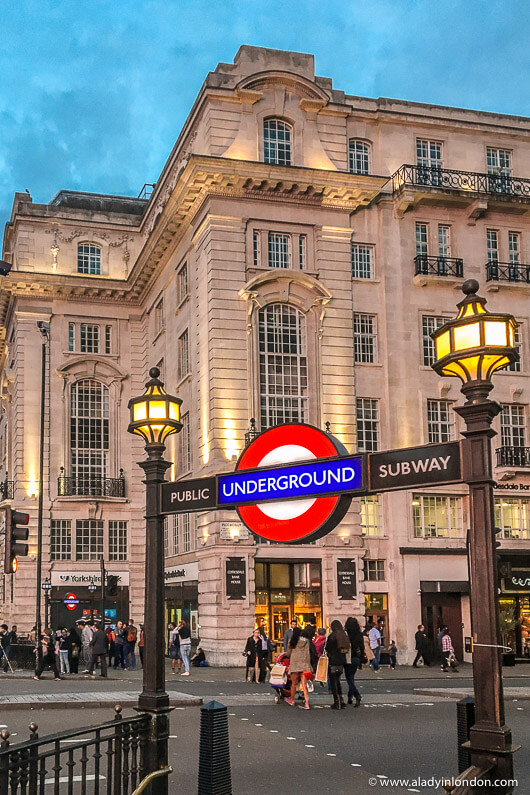
Day 2 in London: South Bank and the City of London
When morning comes, continue your London itinerary for 7 days by walking along the South Bank.
Right on the Thames, it’s an ideal area to admire the views from the London Eye or browse the book market on the riverfront. You can book London Eye tickets here (you’ll need to book in advance).
There are always street performers, pop-ups, and festivals taking place on the South Bank, so it’s entertaining to meander along the Thames and see what’s happening while you’re visiting.
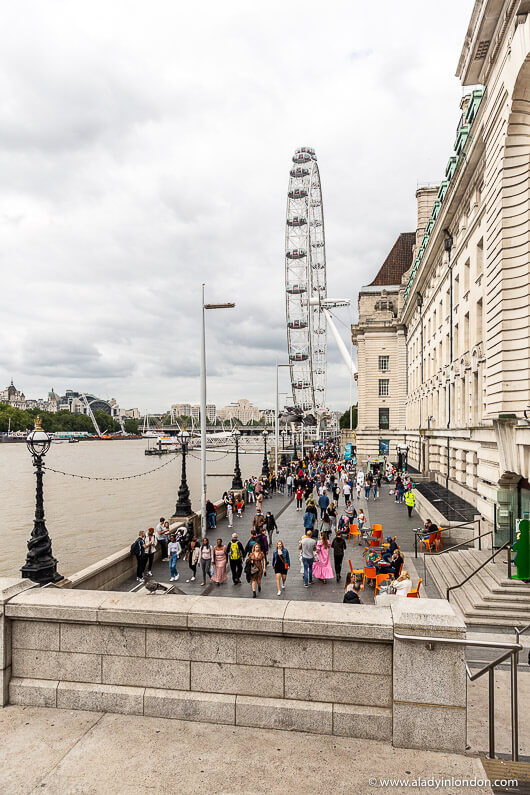
As you walk east from Westminster Bridge to Tower Bridge, you’ll go by Tate Modern and Borough Market, two more of the city’s most beloved sites.
The museum is a popular place to visit, and the fact that entry is free means it’s possible to spend as much or as little time inside as you want to. There are great views from the top of the Blavatnik Building if you’d like to see the skyline as well.
Not far away, Borough Market is just the spot to grab something for lunch. There are stalls selling everything from burgers to baked goods and beyond.
I always make a point of walking around to soak up the colors and scents of the stalls before choosing.
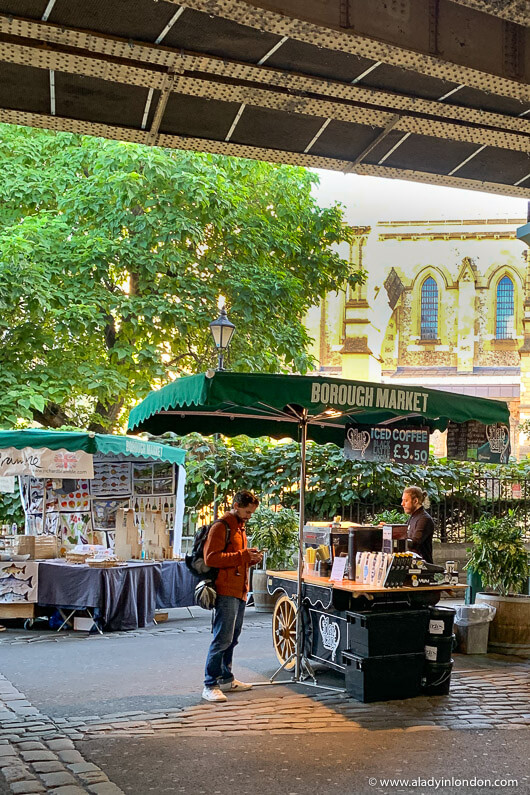
After getting your fill at Borough Market, cross London Bridge to get into the City of London. Make sure to look to your right to take in the views of Tower Bridge as you go.
From the eye-catching dome of St Paul’s Cathedral to the historic lanes around Bank station, this area of the UK capital has more than its fair share of architectural history. You can take my self-guided City of London walk if you want to see the best of it.
If not, walk or take the tube over to Tower Hill to see the Tower of London and Tower Bridge. You can tour the tower and the bridge if you want to, or just take them in from outside. You can book Tower of London tickets here.
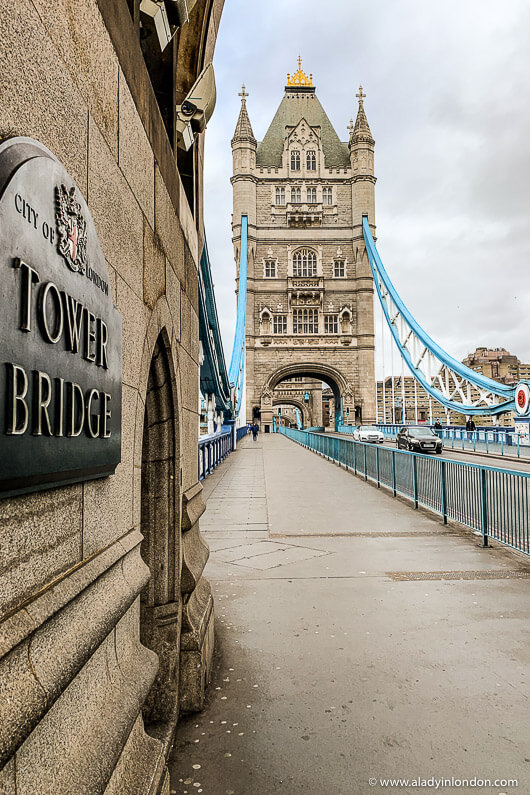
When evening comes, walk across Tower Bridge and head to Bermondsey Street. Locals love this place for its fun pubs and excellent restaurants. Whether you want tapas, pasta, or fish and chips, you can enjoy it here.
Day 3 in London: Notting Hill and the West End
The next morning, your London itinerary for 7 days continues in Notting Hill. This vibrant west London neighborhood is one of the most famous local areas in the city. You’ll find everything from shops to markets and mews here.
If it’s a Saturday, the iconic Portobello Road Market will be in full-swing. Make sure to get here early to avoid the crowds that build up as the day goes by.

If it’s not a Saturday, you can still head to the market and check out the stalls and shops that are open when you visit. Some form of market takes place here nearly every day.
Beyond the market, my self-guided Notting Hill walk is a fun way to see the best of the area. It will lead you around to the high streets, tucked-away lanes, famous filming locations, and restaurants in the neighborhood.
After having lunch in Notting Hill, make your way down to Kensington Gardens and Hyde Park. You can spend the afternoon taking in everything from the Serpentine lake to the art galleries and Kensington Palace.
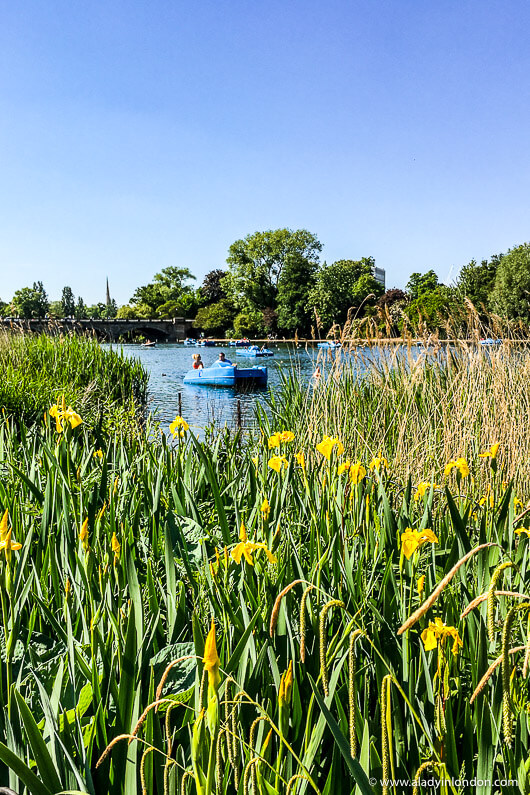
When evening approaches, take the tube or walk through Mayfair to get to Soho and Covent Garden. They’re some of the most popular places in central London.
There’s no shortage of options for eating and drinking around here, and Trafalgar Square, Piccadilly Circus, the Covent Garden Piazza, and Leicester Square are exciting places to spend time in London at night.
You can eat dinner in the West End before going to see a show. Whether you dine at a quintessential restaurant like Rules, a classic place in Chinatown, or one of the many new cafes opening all the time, this part of the city has something for every taste and budget.
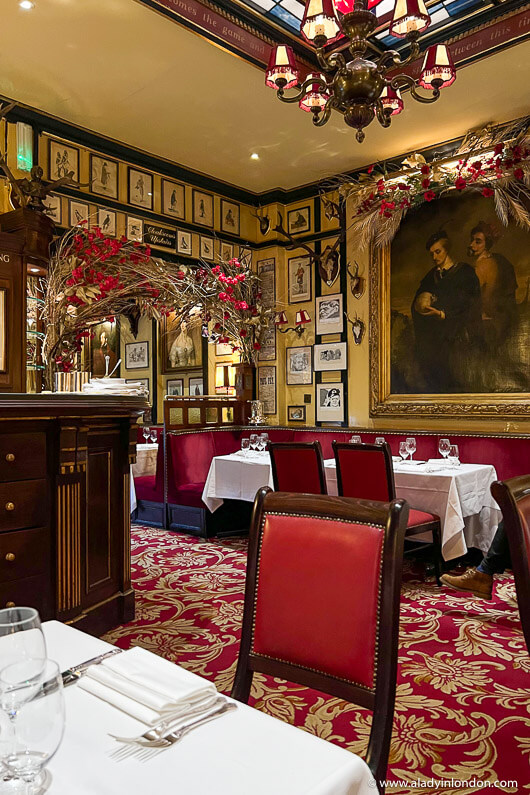
There are lots of musicals, plays, comedy shows, and gigs on in the West End throughout the year. Seeing a performance is a great way to cap off a day of sightseeing in London. From dramas to farces, there’s a wide range to choose from.
If you want to go out after seeing a show, the bars and pubs in Soho and Covent Garden are some of the best in the city center. They’re great places to get a taste of London’s famous nightlife scene.
My go-to is Cahoots, a London Underground-themed speakeasy just off Carnaby Street. It’s one of my favorite travel-themed bars in the city.
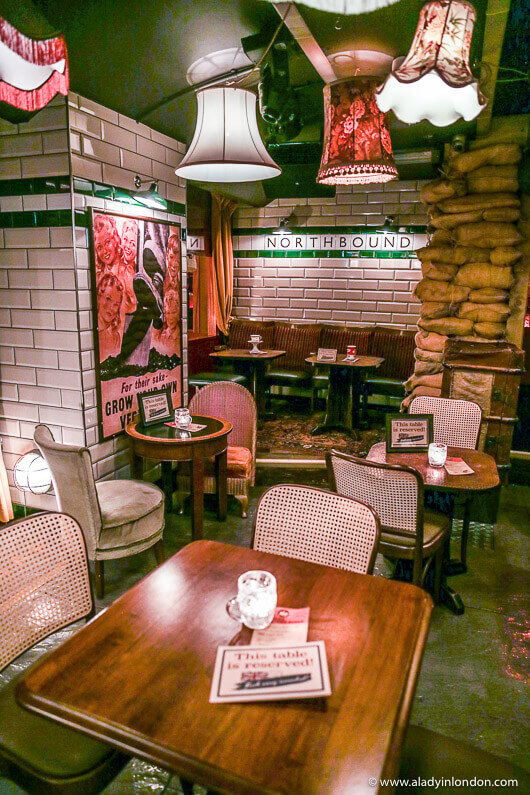
Day 4 in London: Day Trip
Continue your London itinerary for 7 days with a day trip from London. While there’s enough to do in the city to fill a few decades, there are a lot of places around it that are worth a special trip.
If you love being by the seaside, Brighton, Hastings, and Deal are my top picks. They all have great beaches and plenty of shops and restaurants to discover. They’re easy day trips from London by train, too.
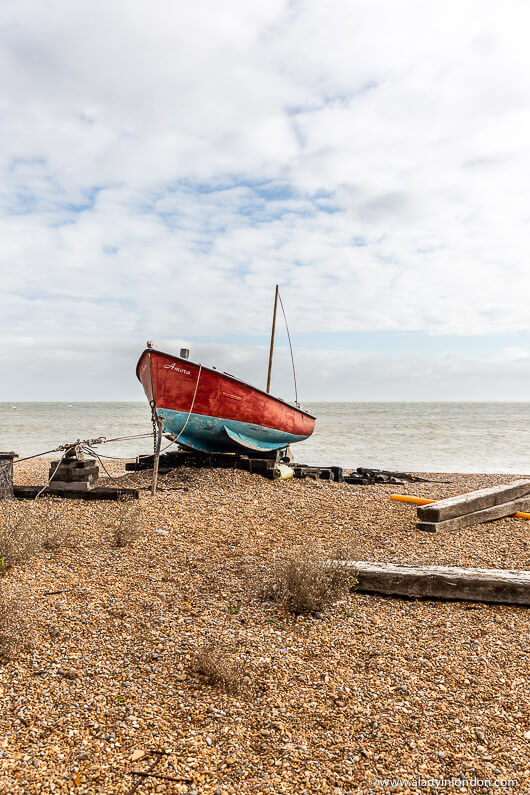
If you’re a fan of the English countryside, I recommend taking a day trip to the Cotswolds. You can go independently with or without a car, or on a day tour. You can book a tour here.
There are plenty of charming towns and villages in the Cotswolds to visit. My favorites include Painswick, Castle Combe, Upper Slaughter, and Bibury.
If you’re a history lover, Winchester, Bath, Canterbury and Dover, Lewes, and Amersham are great. Amersham is so close you can even take the tube.

If you’re into famous university cities, look no further than Oxford and Cambridge. These are some of my favorite places to go on a day out from London.
And if cathedral cities are your thing, my top picks are Canterbury in Kent, Norwich in Norfolk, York in Yorkshire, St Albans in Hertfordshire, and Ely in Cambridgeshire. They all have stunning churches and great city centers.
If you’re feeling ambitious, you can even take a day trip to Paris from London. There are other day trips from London to Europe that make for exciting adventures, too. From Brussels to Lille and Amsterdam, you’re spoiled for choice.
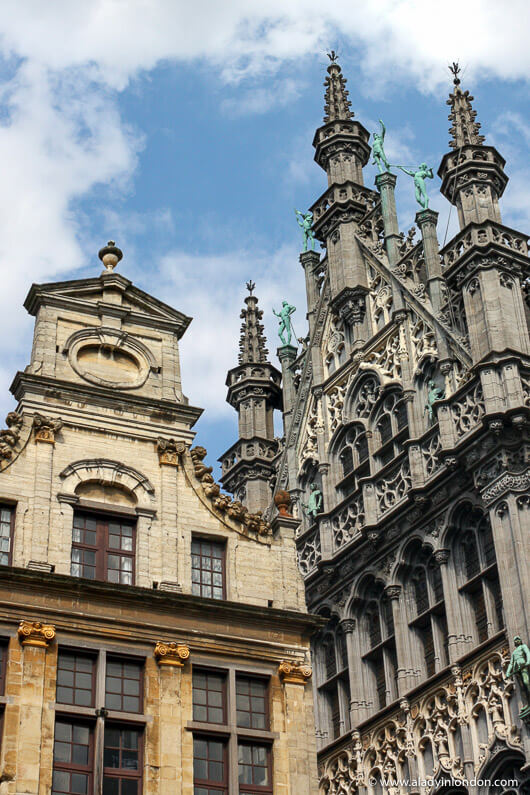
If you want to see my recommendations for seasonal trips, you can take a look at my guides to spring, summer, autumn, and winter day trips from London for ideas.
Day 5 in London: Bloomsbury, Clerkenwell, and Local Areas
Back in the capital, I recommend spending the fifth of your 7 days in London exploring more of the city center and either the East End or parts of north London.
Start your day in Bloomsbury, where you can go to the British Museum or just walk around taking in the leafy squares. My self-guided Bloomsbury walk can take you around to see the highlights of the area.
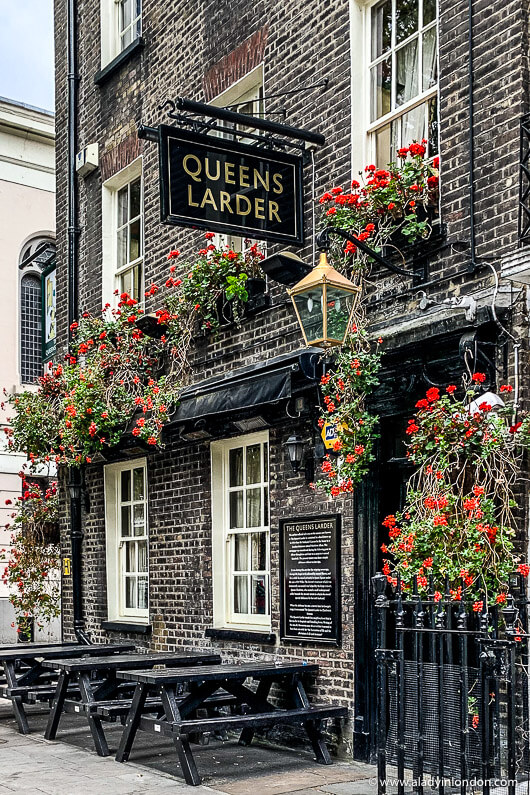
From Bloomsbury it’s a short walk to Clerkenwell. Here you can discover London’s design district and visit places like Exmouth Market, Leather Lane, or St John Street for lunch at one of the many good restaurants and cafes.
St John restaurant is a favorite of mine, as is the Fox & Anchor pub, which is right around the corner.
You can do my Clerkenwell walking tour if you want to as well. It will lead you around the area and show you hidden spots in places like Smithfield and Holborn.
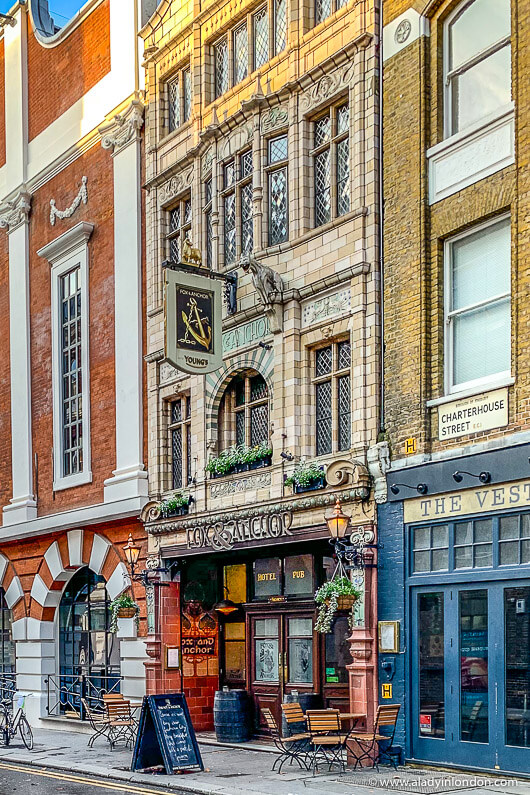
After exploring Clerkenwell you have two options: walk to Shoreditch and spend the rest of the day exploring the hip East End, or walk to King’s Cross and spend the rest of the day exploring north London.
If you choose the former, Clerkenwell is a short walk from Old Street in Shoreditch. This trendy area in east London is known for its nightlife scene. If you time your arrival for drinks-and-dinner o’clock, you’ll see the neighborhood at its best.
If you have time beforehand, you can do one of my self-guided Shoreditch walks or check out the street art this part of London is known for. My favorite is on New Inn Yard.

If you have energy left later in the night, head to Hackney. This is one of the coolest neighborhoods in London, and it has a great nightlife scene.
The same goes for nearby Hackney Wick, which is one of the most hipster areas in the city. The bars here are some of the best in the UK capital.
If you prefer to explore north London, you can walk from Clerkenwell to King’s Cross and check out the area around Regent’s Canal, Granary Square, and King’s Cross and St Pancras Stations.
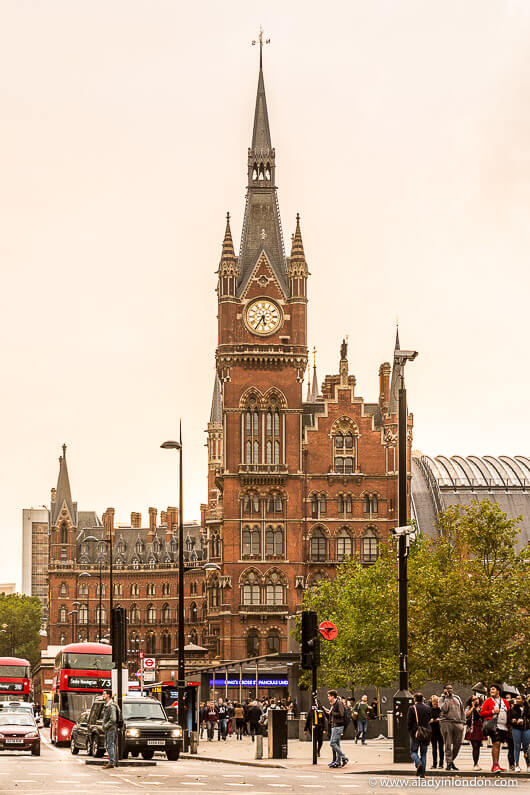
From there you can take the Northern line of the tube to Camden, Primrose Hill, or Hampstead. Camden is famous for its market, and the area is a popular place to shop for London souvenirs, eat, drink, and dine.
Primrose Hill is home to pretty shops, cafes, restaurants, and side streets. It also has a leafy park with sweeping views over central London.
Hampstead is a village-like area with beautiful lanes, great local pubs, and a fun high street. I lived here for years, and it’s my favorite part of London.
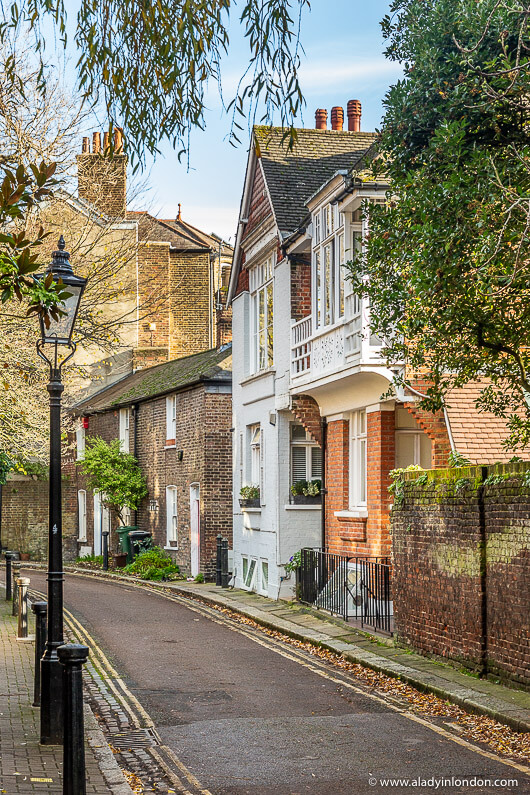
Depending where you want to focus, you can do my Regent’s Canal walk from King’s Cross, my Primrose Hill walk, or my Hampstead walk if you have time.
All three places have great options for restaurants, pubs, and cafes, so you can settle in for the evening and enjoy dinner while living like a local.
Day 6 in London: St James’s, Mayfair, and Marylebone
Continue your London itinerary for 7 days by heading into St James’s. This upscale part of the city is known for its historic royal palace, men’s shops, luxury hotels, art galleries, and members’ clubs.
You can walk down Jermyn Street and Piccadilly, and pop into famous department stores like Fortnum & Mason.
From there, walk across Piccadilly to get to Mayfair. This high-end area is home to luxury goods shops, fine dining restaurants, and the iconic curving stretch of Regent Street. You can do my Mayfair walk if you want to discover the best of the area.
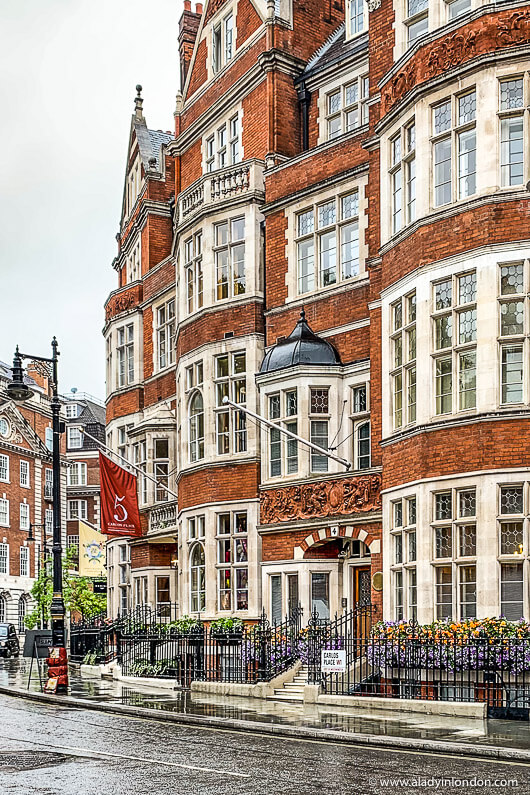
Mayfair is a fun place to have a meal or afternoon tea. Whether you go to a casual place on Heddon Street or opt for a tasting menu at a Michelin-starred restaurant, you can’t go wrong for lunch.
When it comes to tea, I love Brown’s Hotel afternoon tea and the fabulous yellow room at Sketch on Conduit Street.
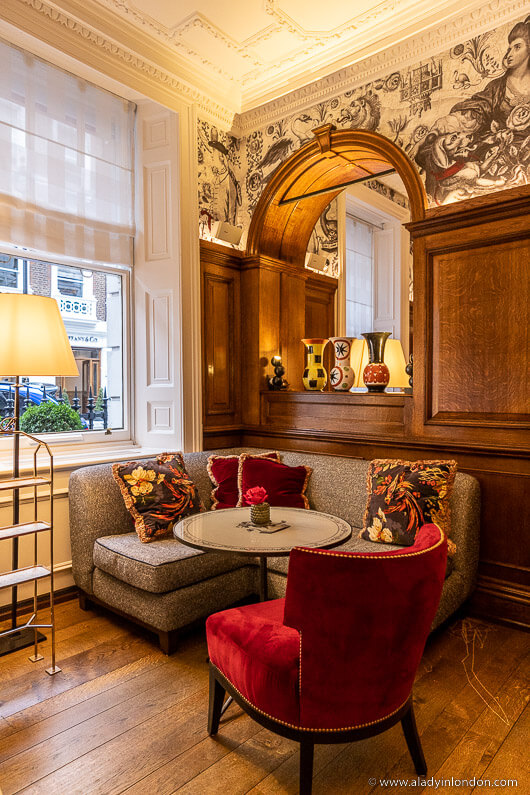
After lunch or tea, head across Oxford Street to get to Marylebone. This is another of my favorite London neighborhoods, not least because it has one of the best high streets in London.
There are lots of restaurants, cafes, pubs, and shops on Marylebone High Street, and they’re great places to get into London’s culinary and retail therapy scenes.
From boutiques to coffee shops, you’re spoiled for choice. My favorite place to shop in Marylebone is Daunt Books. It’s one of the best (and most beautiful) independent bookshops in London. It’s worth a special trip to see it.
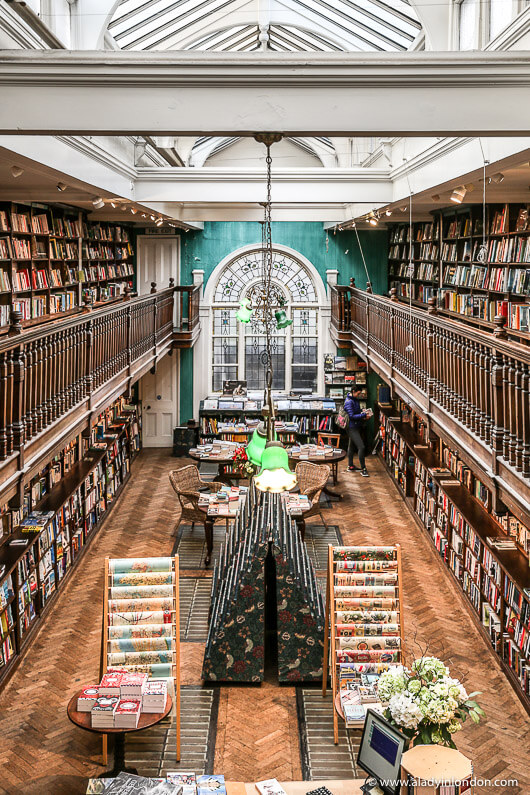
If you want to, you can use my self-guided Marylebone walk to explore the highlights of the area. It will lead you around to hidden mews, gardens, and more.
After you’ve explored Marylebone, walk north to get to Regent’s Park. This is one of the most famous green spaces in London, and it’s an enjoyable place to have a wander. If it’s summer, don’t miss the stunning rose gardens.
When the sun starts to go down, head back to Marylebone High Street for dinner or leave via one of the other exits of the park and eat in pretty Primrose Hill, fun Camden (if you haven’t already explored them), or classic Fitzrovia.
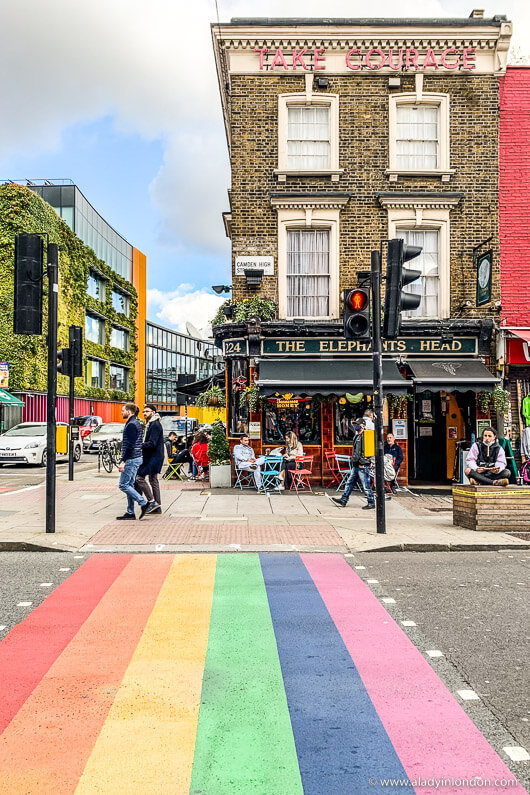
Day 7 in London: Belgravia, Chelsea, Knightsbridge, and South Kensington
Continue your London itinerary for 7 days in Belgravia. This luxurious area is full of cute cafes and shops, particularly those on Elizabeth Street.
You can do my self-guided Belgravia walking tour to see the neighborhood highlights, or just wander around the leafy squares and hidden mews. Highlights include Motcomb Street, Pimlico Road, and Belgrave Square.
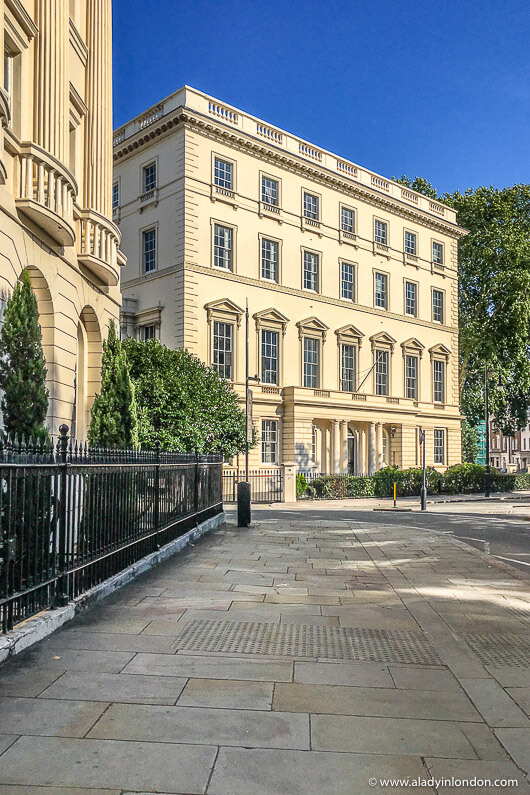
From Belgravia, walk over to Sloane Square and the King’s Road in Chelsea. These are fun places to shop and dine. You can have lunch at any number of restaurants here.
If it’s a Saturday, don’t miss the food market in Duke of York Square. If it’s not, there’s still plenty to entertain you. The King’s Road is one of the best shopping streets in London, after all.
If you want to, you can do my self-guided Chelsea walk to see the area’s side streets, colorful houses, and riverfront.
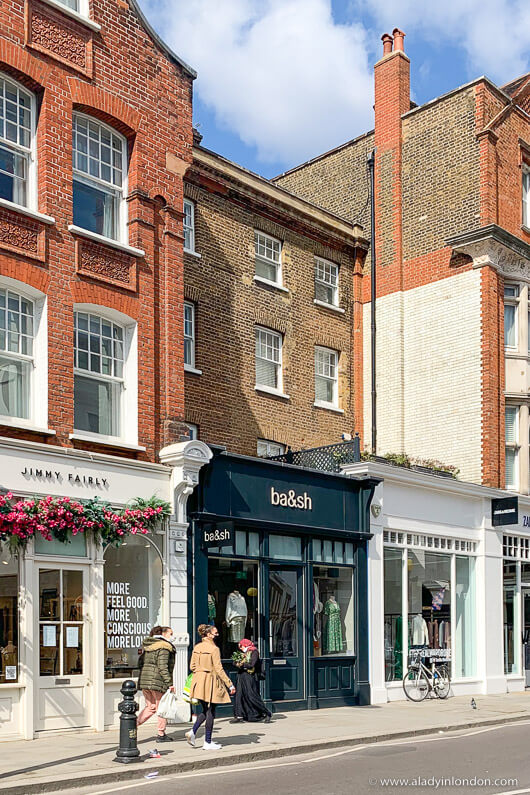
From Chelsea, either head up to Knightsbridge to shop at famous department stores like Harrods and Harvey Nichols, or make your way over to South Kensington to explore the museums.
If you choose the former, you can see the area around the shops on my self-guided Knightsbridge walk. There are lots of beautiful streets and mews to take in here.
If you choose the latter, the Natural History Museum, Science Museum, and V&A are right next to each other. They all offer free entry, so you can spend as much or as little time in them as you’d like to. They have great exhibitions, too (book in advance).
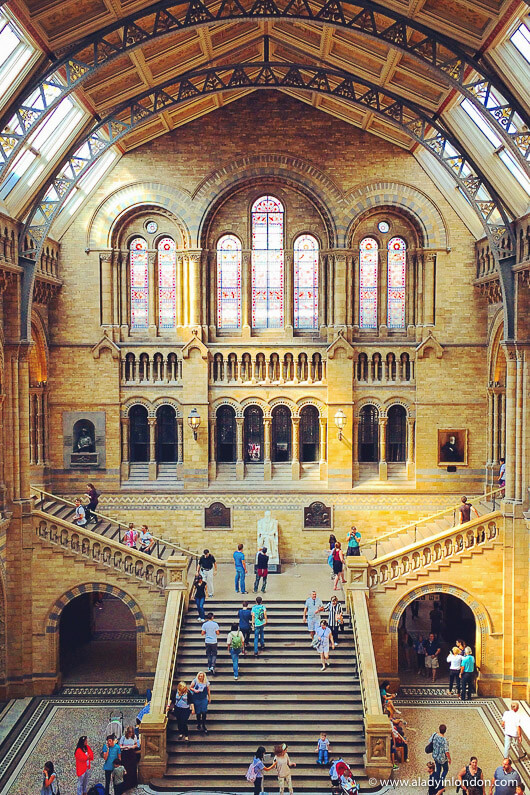
When the sun goes down, you can have dinner at one of the casual restaurants outside the South Kensington tube station. There are plenty of different cuisines to choose from.
If you want to end your evening (and your trip!) in style, there’s great nightlife around Walton Street and the King’s Road. From historic pubs to cool bars and stylish clubs, you’re spoiled for choice.
London Itinerary for 7 Days
I hope you’ve found my 7-day London itinerary helpful for planning your time in the city. This is an amazing place, and there’s a lot to see and do while you’re here. I’ve spent years living in the UK capital, and I still haven’t seen it all.
If you’re interested in learning more, there are additional ideas for things to do in the city in Secret London – An Unusual Guide. If you’re in the UK, you can get it here. If you’re in the US, you can get it here. Happy travels!
Find this post helpful? Buy me a coffee!
New here? Join thousands of others and subscribe to the A Lady in London blog via email.
Some of the links in this blog post are affiliate links. At no cost to you, I earn a small commission when you click on them and make a purchase. It doesn’t affect the way you shop, and it’s a great way to support the A Lady in London blog.
Pin it!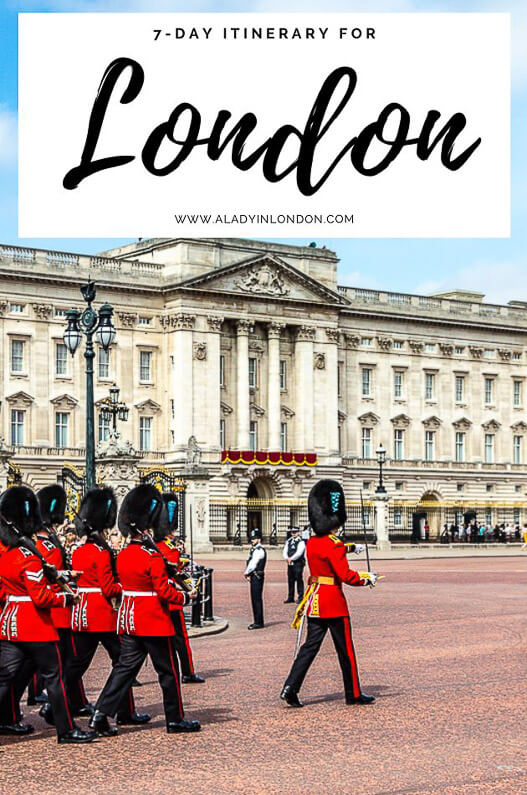
[ad_2]
Source link
